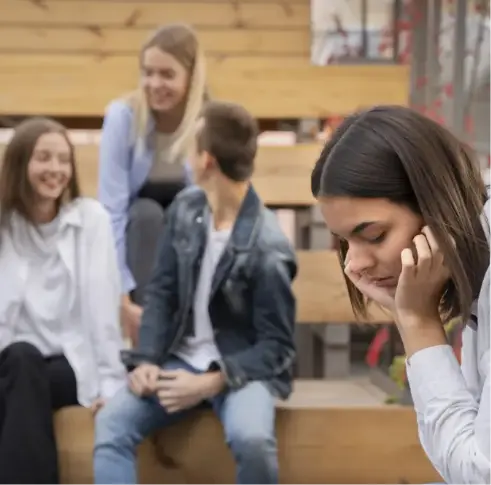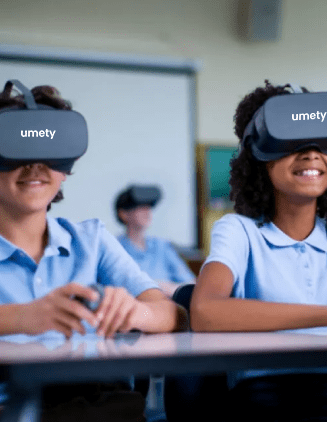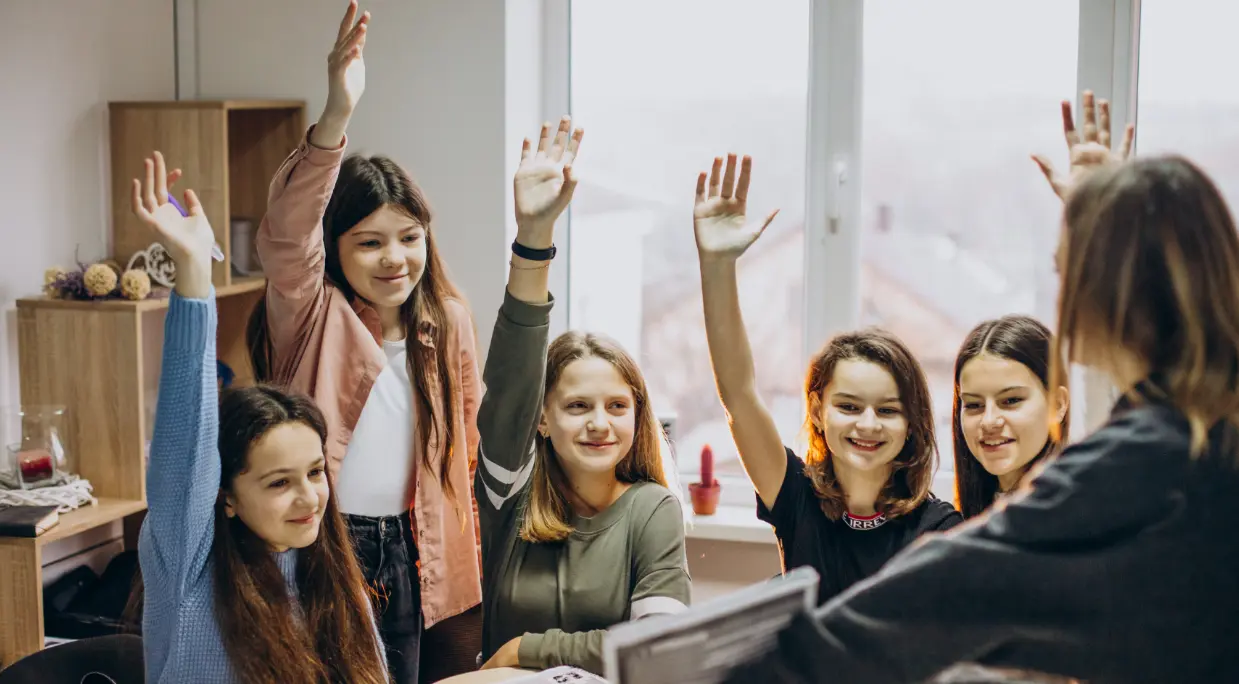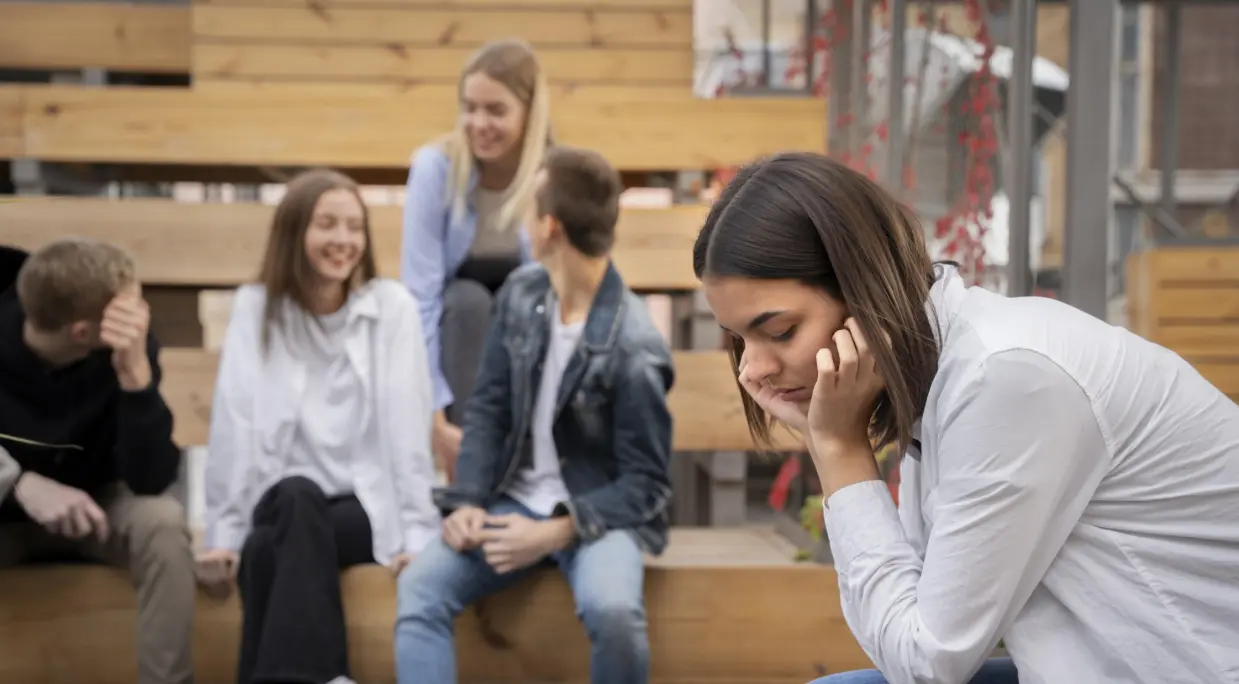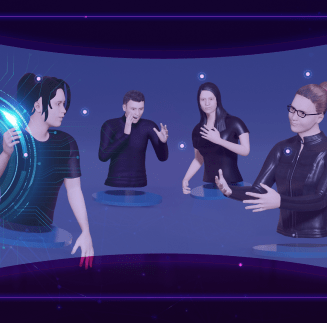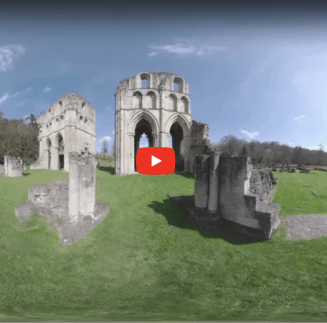Teacher Resources
Different learning preferences
Here’s how VR fits right in
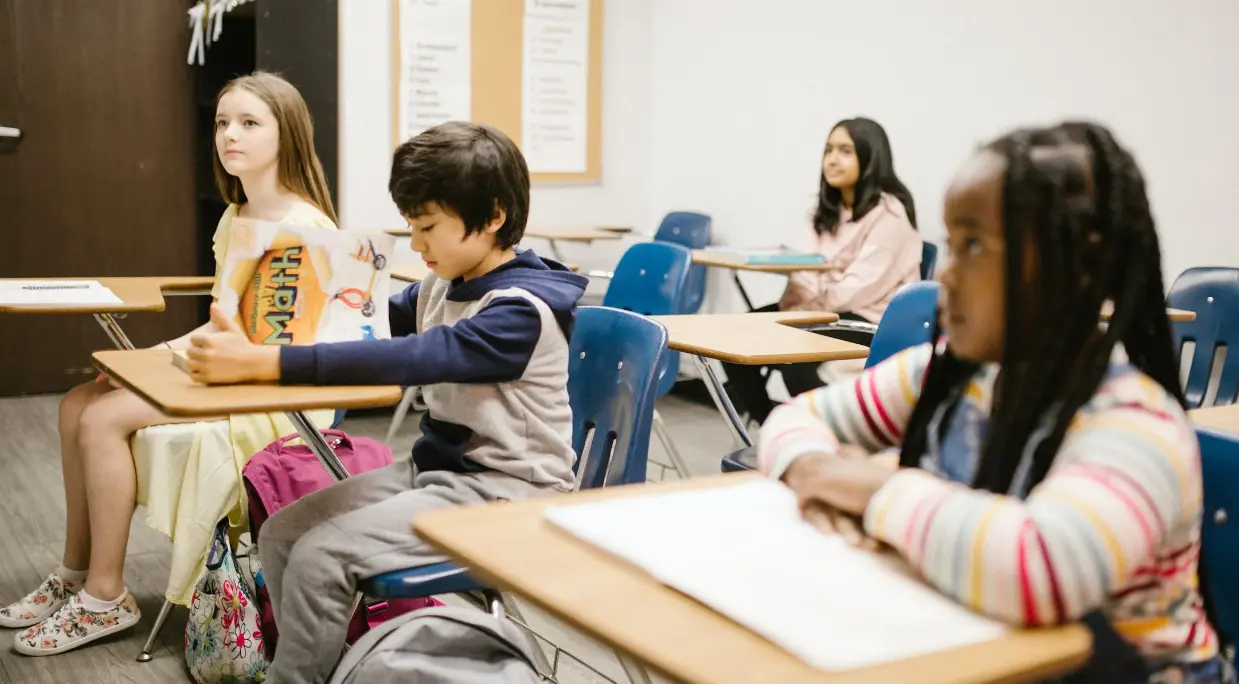
Want to know how incorporating virtual reality will work in your classroom? Curious how this tool can be useful to your students? Will it benefit the different kinds of learners in your class, or only the kids who learn visually? We’ve got you. Keep reading to have this kind of augmented reality explained and learn about the benefits of using virtual reality in the classroom.
In any given class, we give lessons to groups made up of students who learn in different ways. Learning styles theory suggests that everyone has a preference for how they interact with information and commit it to memory.
While a student’s age, aptitude, motivation, sensory needs, general intelligence, and cultural background will all influence the way they react to classroom instruction, we can also consider their learning styles. Learning style theory became popular because of its simplicity and has influenced teachers for years to rethink their lesson plans.
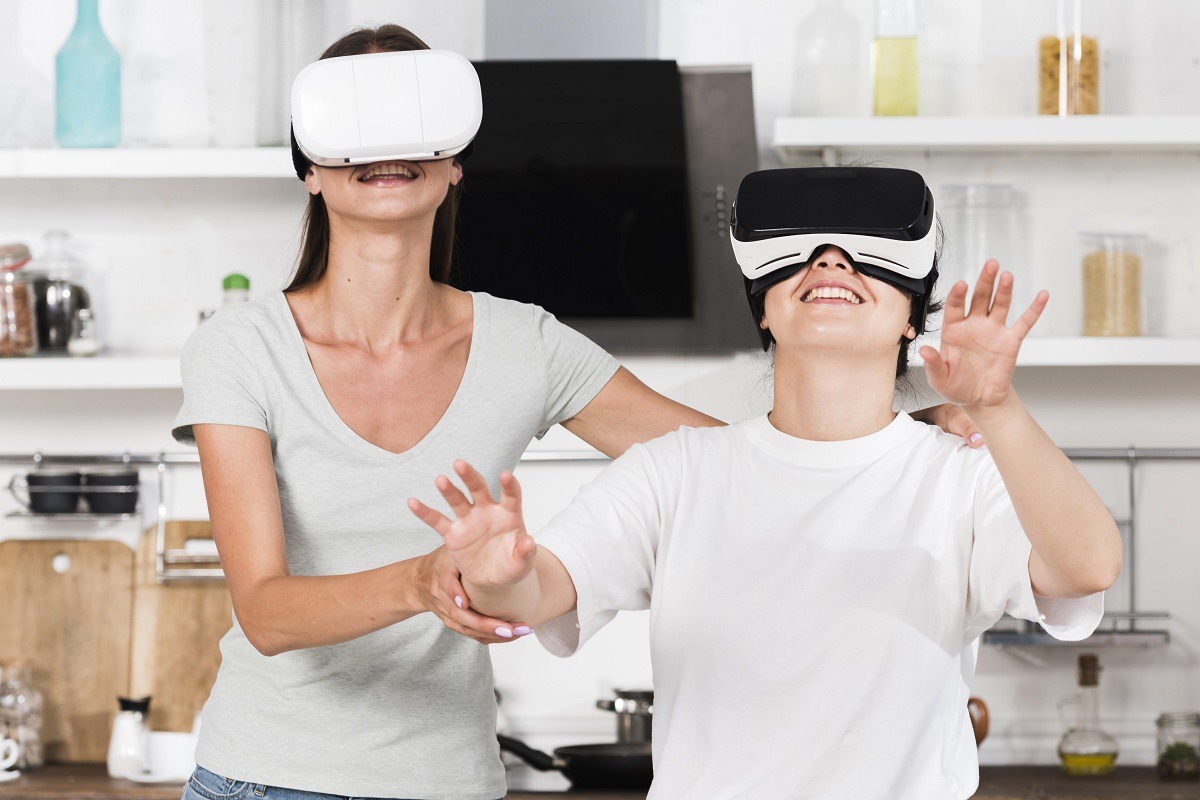
According to the theory, the four learning styles are visual, kinesthetic, auditory, and reading/writing. Using this framework, teachers often look to incorporate content that appeals to each of these different ways of learning into their lessons.
VR appeals to different learners, according to the theory of learning styles.
- Visual learners
- On a head-mounted display, learners are totally immersed in a different environment.
- Kinesthetic learners
- To move around in a virtual environment, students use physical movements like turning their heads and pressing buttons or moving a joystick on a controller; this lets them get a real grip on their surroundings.
- Auditory learners
- A voiceover that leads the lesson and explains key concepts will tickle the fancy of auditory learners.
- Read/write learners
- Well-built modules will have written subtitles of the script for the voiceover appear on screen and have written questions that
Understanding how we learn is an important factor in determining student success with VR experiences. We make sure that each module has a voiceover component and on-screen text to appeal to auditory, visual, and reading/writing learners as best as possible. We make sure that student needs are prioritized at every step of the way.
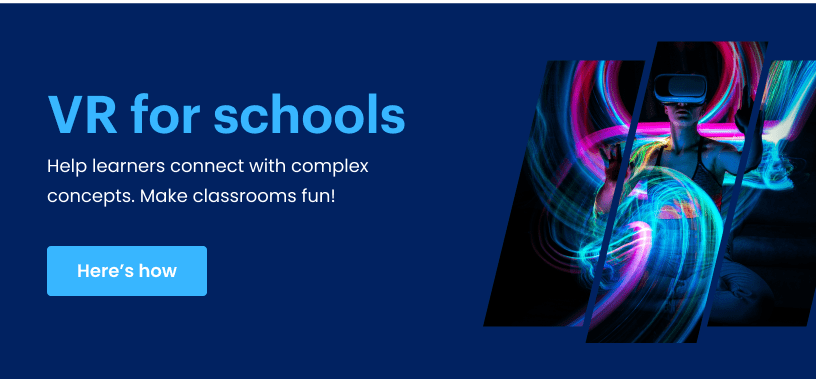
Plot twist?
Wait, isn’t learning style theory a bit outdated? Some research says there may not be much value in thinking of students as "more auditory" or "more visual" learners. Learning styles have been up for debate as to whether or not we should be so binary in our thinking.
Instead, some say we should think about learning preferences in the same way that the prominent learning theorist David Kolb does. His model encourages us to think of learning as a cycle and divides the process into four modes: doing or having an experience (concrete experience), reviewing or reflecting on the experience (reflective observation), concluding/learning from the experience (abstract conceptualization), and planning or trying out what you’ve learned. 2We progress through these modes to get a grasp on information, and knowledge is created through experience.
If we think about how Kolb’s learning theory relates to lesson plans and its practical implications for the classroom, using VR fits in quite nicely. VR can be used to give students the opportunity to interact with concepts directly, providing experience and the opportunity for active experimentation through which students can build on their understanding of concepts.
Regardless of the lens we use to look at learning—be it learning styles theory or as a cycle—using virtual reality has been shown in research to help students learn better.
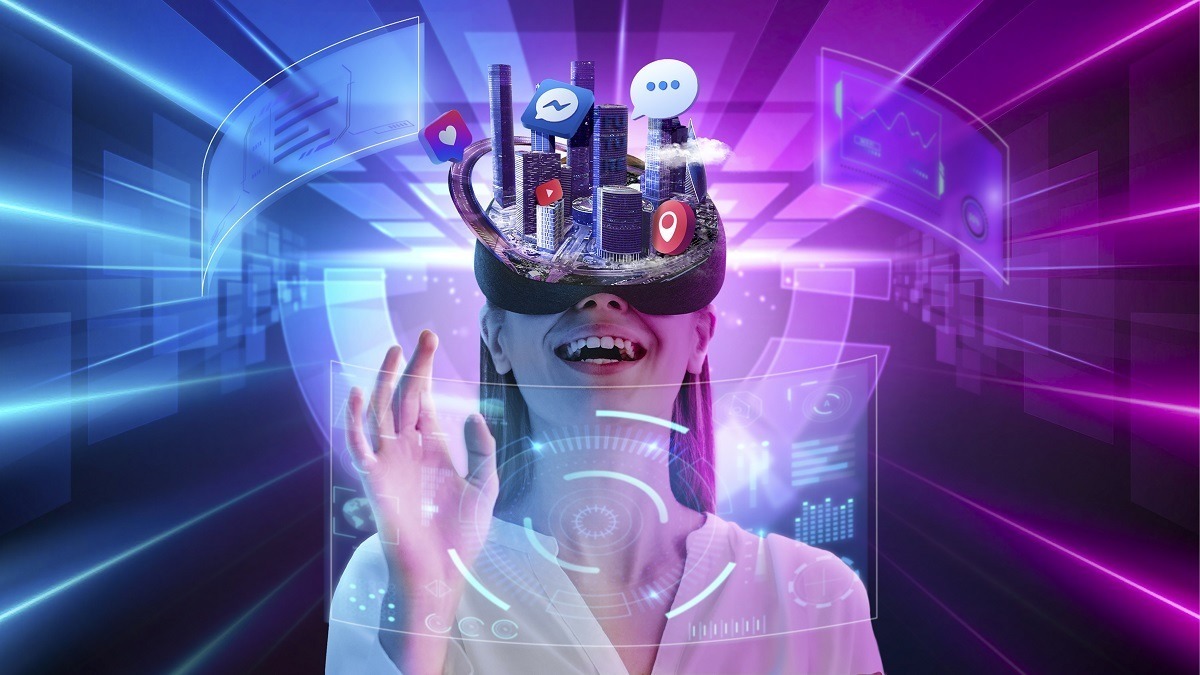
How would VR work in my classroom?
Picture this: you’re teaching a grade 12 biology class about photosynthesis. The students have already learned about making ATP in human biology, so they have a basic conceptual understanding of the major cellular players in this reaction.
After you’ve finished your instruction, you’re ready for students to become more familiar with concepts on their own. Rather than having a paper and pen activity, you wheel out a cart with VR headsets for the class to wear and queue up a module that takes everyone inside the cell of a leaf that’s actively processing the sunlight’s energy to churn out ATP. For the next 30 minutes, your students will be able to explore the ins and outs of photosynthesis in a virtual environment. They have concrete experience with the content.
By actively interacting and experimenting with the augmented reality components around them in the virtual space, students build a better understanding of how NADPH (nicotinamide adenine dinucleotide phosphate hydrogen), O2 (oxygen), and ATP (adenosine triphosphate) interact in the cell. They can interact with as much or as little information as they wish and progress at their own pace.
Use VR to bring theories to life
Virtual experiences let students have concrete experiences with conceptual topics like photosynthesis. Sure, you could have illustrated photosynthesis by bringing in a plant and talking about what it’s doing, and maybe even monitored its growth over a period of time. Students would have seen the green of a leaf, and you could discuss how that is a result of chlorophyll. But that pales in comparison to students being able to see the synthesis of chlorophyll in a leaf right in front of them. Having agency over their learning experience by controlling their environment in these concrete experiences can also be hugely impactful!
A study from Western Australia looked at the effect that using VR would have on the cognitive and affective learning outcomes for students with different learning preferences to see if a certain group gained more than another from their introduction. 1Simply put, they were looking to see if VR had an impact on the material they learned and how the students felt about learning it at each stage of learning. What they found was that using VR in the classroom benefits all stages of learning.
This lines up with what we already know about the use of virtual reality in education. Whether we think about learning in terms of three learning styles or a learning cycle, the benefits of virtual reality in the classroom are clear. VR has been shown to positively affect the learning experience for all students. No matter which way you slice it, there are benefits to VR in the classroom!
Sources:
Z. Pan et al. (Eds.). Transactions on Edutainment IV, LNCS 6250; 2010: 79-90. Kolb, D.A. Experiential learning: Experience as a source of learning and development. Prentice-Hall, Englewood Cliffs, NJ; 1984.
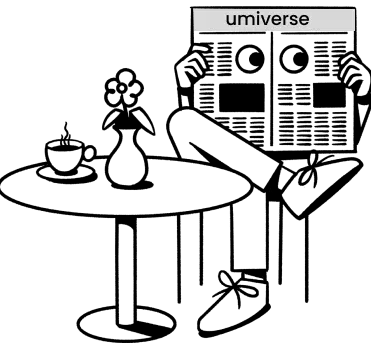
Get stories selected just for you, right in your inbox.

Get stories selected just for you, right in your inbox.
This might interest you
